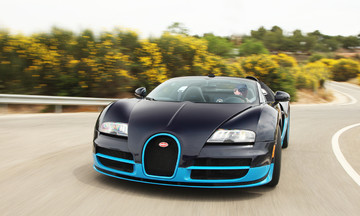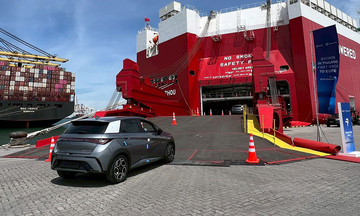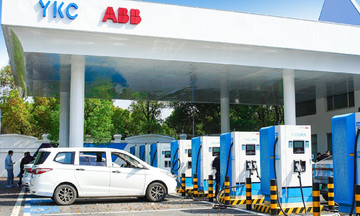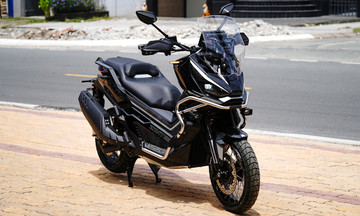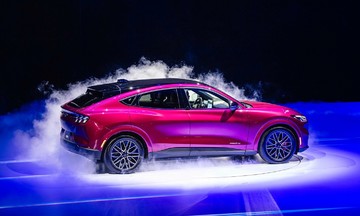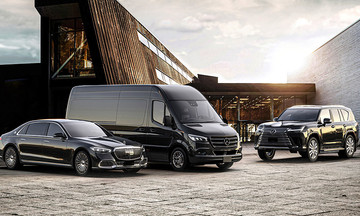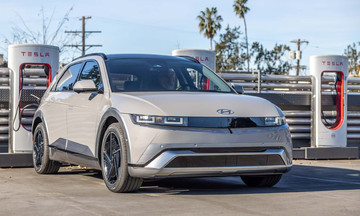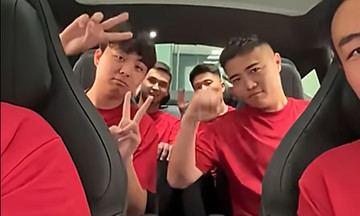The Ministry of Construction is developing a draft for new National Technical Standards and is seeking public and stakeholder feedback. The draft proposes an average fuel consumption (CAFC) target for all passenger cars in Vietnam of 4.83 liters/100 km by 2030.
The CAFC calculation method focuses on the overall result, meaning the target is an average across all passenger car models offered by each manufacturer. This means some manufacturers might achieve a CAFC below 4.83 liters/100 km, while others might be higher, as long as the overall average reaches 4.83 liters/100 km. Ideally, all manufacturers would have products that meet or exceed the target.
The Ministry of Construction also proposes that manufacturers exceeding the fuel consumption limit could purchase credits from other manufacturers with lower fuel consumption. This is similar to the carbon credit trading system commonly used globally. Companies would need to develop plans to adjust their CAFC in subsequent years, for example, by innovating technology, eliminating fuel-intensive vehicles, or increasing fuel-efficient models.
After three years, if a manufacturer still fails to meet the fuel consumption regulations, authorities will halt their production, assembly, and import activities until a suitable plan is presented.
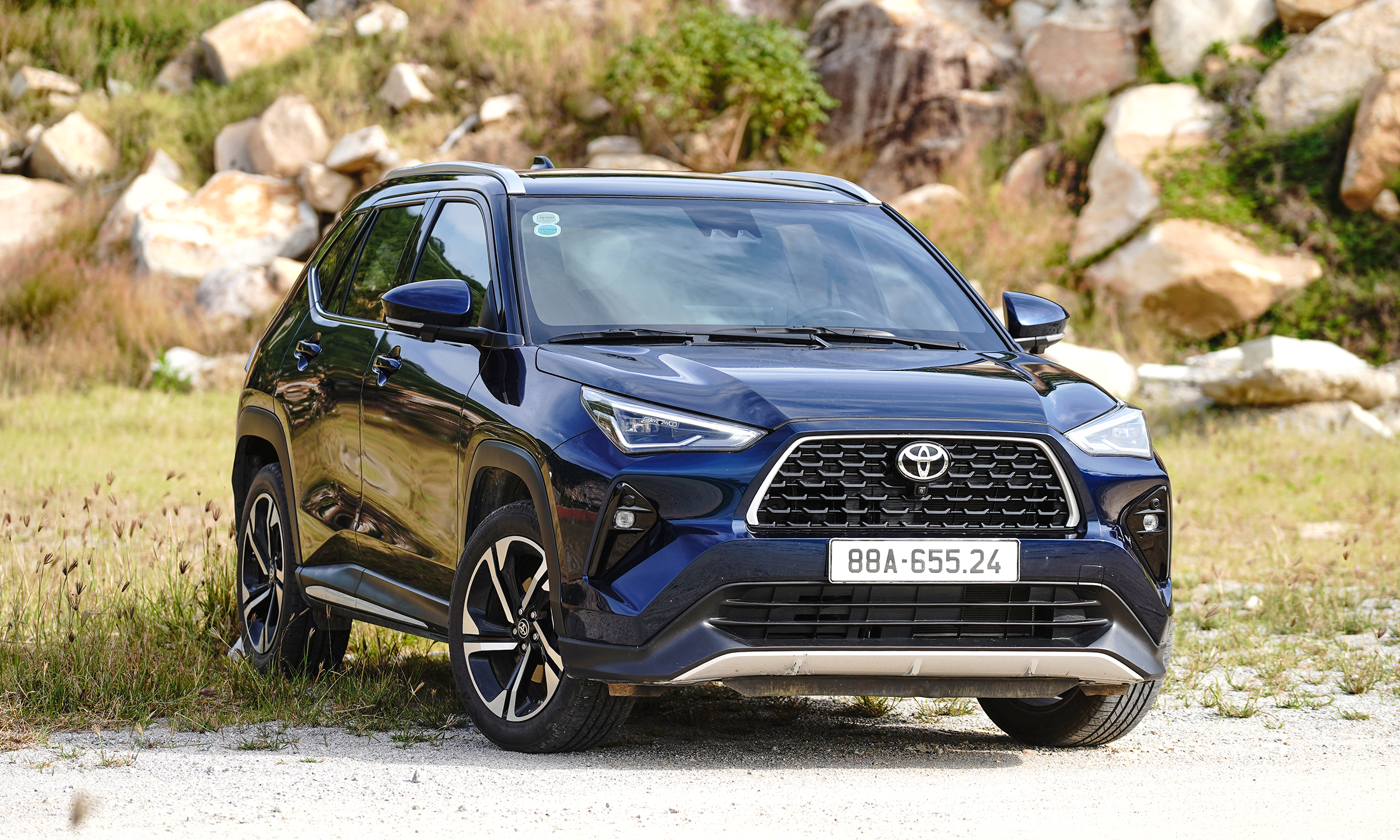 |
A Yaris Cross HEV model on the road in Gia Lai. Photo: Thanh Nhan |
A Yaris Cross HEV model on the road in Gia Lai. Photo: Thanh Nhan
The Vietnam Automobile Manufacturers' Association (VAMA) considers the 4.83 liters/100 km CAFC target by 2030 "too stringent" and potentially disruptive to the entire automotive industry. Many internal combustion engine cars are at risk of discontinuation if manufacturers cannot meet the regulations in time. According to VAMA's calculations, 96% of traditional gasoline vehicles and 14% of current hybrid vehicles do not meet the proposed standards.
For example, at Toyota, the internal combustion engine model with the lowest fuel consumption is currently the Wigo. This hatchback consumes 4.5-5.5 liters/100 km depending on road conditions (currently, only the G version is still sold). As for the best-selling sedan from Toyota and the entire market, the Vios, the most fuel-efficient version is the 1.5E MT, consuming 5.08-7.62 liters/100 km. Based on the proposed 4.83 liters/100 km target, neither of these models qualifies.
Unlike pure internal combustion engine models, many of Toyota's hybrid models can meet the proposed target. Examples include the Yaris Cross hybrid (HEV) version with an average fuel consumption of 3.56-3.8 liters/100 km and the Camry HEV with a consumption of 4.11-4.4 liters/100 km.
A VAMA representative stated that to meet the industry-wide CAFC target by 2030 and maintain sales volume, car manufacturers would need to increase the number of electrified vehicles, including hybrids, plug-in hybrids, and pure electric vehicles, by approximately 868% (almost 10 times the current amount) within the next five years. This business plan adjustment to comply with the regulations (if implemented) is not feasible given the limited charging station infrastructure and power grid. Additionally, consumers are not yet fully familiar with electric vehicles.
For a more balanced approach with less impact on the automotive industry and society, VAMA proposes annual CAFC targets for passenger cars: 6.7 liters/100 km by 2027, 6.5 liters/100 km by 2028, 6.3 liters/100 km by 2029, and 6 liters/100 km by 2030.
If this roadmap is adopted, car manufacturers might need to reduce gasoline vehicle production by about 34% and increase electrified vehicle production by at least 366%. This is more feasible than changing strategies to meet the 4.83 liters/km CAFC target.
Controlling and reducing vehicle fuel consumption is one way to reduce carbon emissions. Many countries in the region and globally have implemented such measures. However, establishing a suitable implementation roadmap is crucial.
According to an automotive policy expert in Vietnam, with the proposed fuel consumption target for 2030, manufacturers selling only hybrid or pure electric vehicles can easily achieve compliance. However, manufacturers focusing on internal combustion engines or luxury cars with large engines and high fuel consumption will face significant challenges in meeting the regulations.
The passenger car market in Vietnam currently includes various vehicle types, from internal combustion engine (ICE) vehicles to hybrids (HEV) and pure electric vehicles (EV). Each manufacturer has a different business orientation. The most common approach is selling both ICE and HEV or EV models, such as Toyota, Honda, Subaru, Ford, Kia, Hyundai, Mercedes, and BMW. Some manufacturers sell only ICE vehicles, like Mitsubishi, Isuzu, Jeep, and Volkswagen. A few brands focus solely on EVs, such as VinFast and Wuling.
Thanh Nhan



